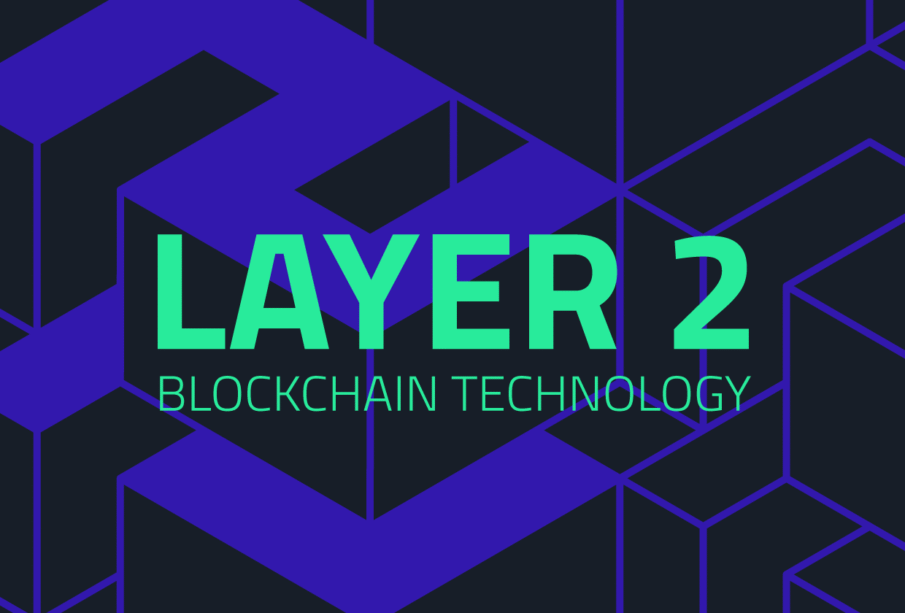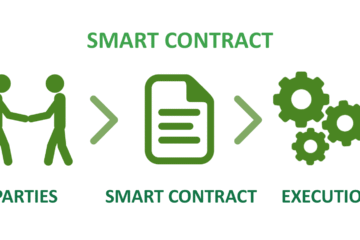3-Minute Guide to Understanding Layer 2, Sidechains, and Rollups

Layer 2
Ethereum 1.0 found its killer app in DeFi, but as adoption grows, scalability, robustness, and cost-efficiency of the base infrastructure are critical for Ethereum and its decentralized applications (dApps) to succeed long-term.
If a user pays $80 in gas fees to claim a $60 reward, clicking “withdraw” makes little sense. While this happens only when Ethereum’s network is congested due to its current limitations and spikes in usage, it’s a real issue.
Clearly, Ethereum and the projects built on it need scalability solutions to meet the growing demands of the DeFi community.
There are two main approaches to scalability: (i) scaling the base layer (Layer 1, or L1), or (ii) offloading work to a secondary layer (Layer 2, or L2).
The first option, scaling Ethereum’s base layer, is happening through the Ethereum 2.0 upgrade, which will significantly boost the capacity of apps like PlotX to serve the expanding DeFi community. However, this phased rollout, spanning years, is too slow to meet immediate application demands. Enter Layer 2.
What Is Layer 2?
Layer 2 (L2) refers to a set of scalability solutions that enhance Ethereum’s base blockchain by processing transactions on both the main Ethereum chain and secondary chains. L2 improves two key areas: (i) transaction speed and (ii) transaction throughput. It requires no changes to Ethereum’s base layer and leverages existing components like smart contracts.
Ethereum currently processes about 15 transactions per second (TPS) on its base layer. With L2, this can scale to thousands of TPS, reducing processing times and gas fees per transaction, making the network more cost-effective.
The concept of layers isn’t unique to Ethereum—other blockchains, like Bitcoin, use it too.
How Does It Work?
Several scalability solutions exist, some addressing short- to mid-term needs, others targeting long-term goals. Some are app-specific, while others are general-purpose. Let’s explore the most popular L2 solutions:
- Channels: One of the earliest scalability solutions, channels allow participants to conduct multiple off-chain transactions while submitting only two to the base layer. Popular types include state channels and their subtype, payment channels. Channels can handle thousands of TPS but require participants to lock funds in a multisignature contract, limiting open participation. They’re also app-specific and don’t support general smart contract execution.
- Plasma: Proposed by Joseph Poon and Vitalik Buterin, Plasma is a framework for building scalable apps on Ethereum. It uses smart contracts and Merkle trees to create unlimited child chains, copies of the parent Ethereum chain, for fast, low-cost transactions. Drawbacks include a days-long wait to withdraw funds from child chains and, like channels, no support for general smart contract execution.
- Sidechains: Independent blockchains compatible with Ethereum, with their own block parameters and consensus models, connected to the main chain via a two-way bridge. Contracts deployed on Ethereum’s base layer can also run on sidechains.
- Rollups: Rollups scale by bundling (or “rolling up”) sidechain transactions into a single transaction, generating a cryptographic proof (called a SNARK, or Succinct Non-Interactive Argument of Knowledge) submitted to the base layer. Transaction states and execution occur on the sidechain, with Ethereum storing only transaction data. Rollups come in two types:
- ZK Rollups: Faster and more efficient but less straightforward for migrating existing smart contracts to L2.
- Optimistic Rollups: Run an Ethereum Virtual Machine (EVM)-compatible virtual machine (Optimistic Virtual Machine, or OVM), allowing the same smart contracts as Ethereum.
These are the most popular L2 scaling methods, and most DeFi projects adopt them when transitioning to L2.
Conclusion
Ethereum 2.0 will introduce Proof-of-Stake and sharding, significantly boosting base-layer transaction speed and throughput. Does this mean L2 will become obsolete? No. Even with these upgrades, Ethereum won’t handle the millions of TPS needed as adoption grows.
Some might argue to skip L2 and focus on scaling the base layer. However, this would require specialized nodes to handle increased workloads, leading to greater centralization and reduced network security and censorship resistance.










